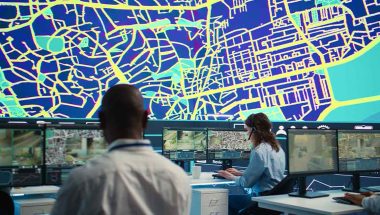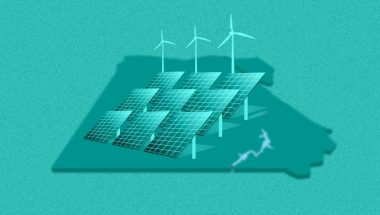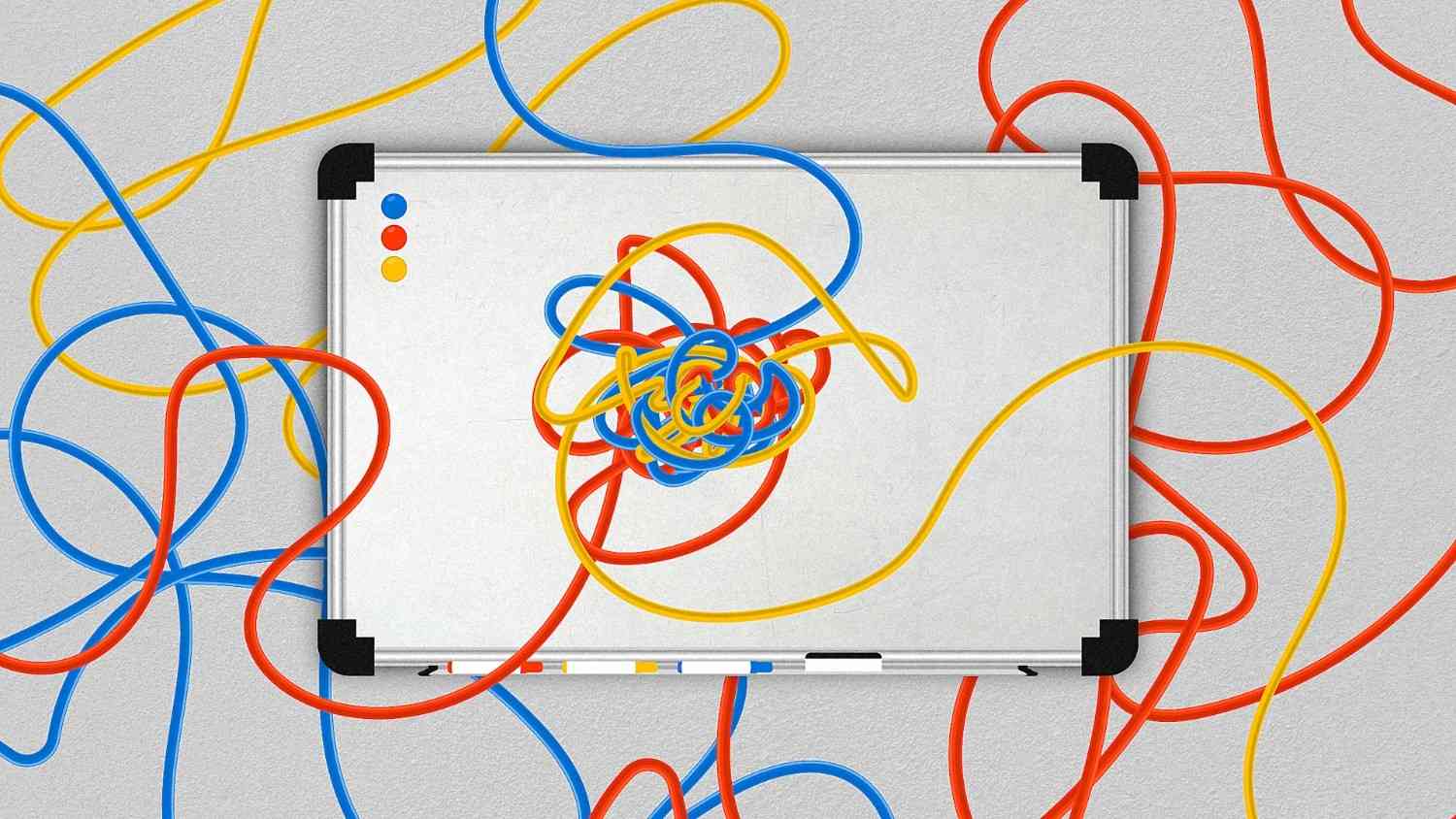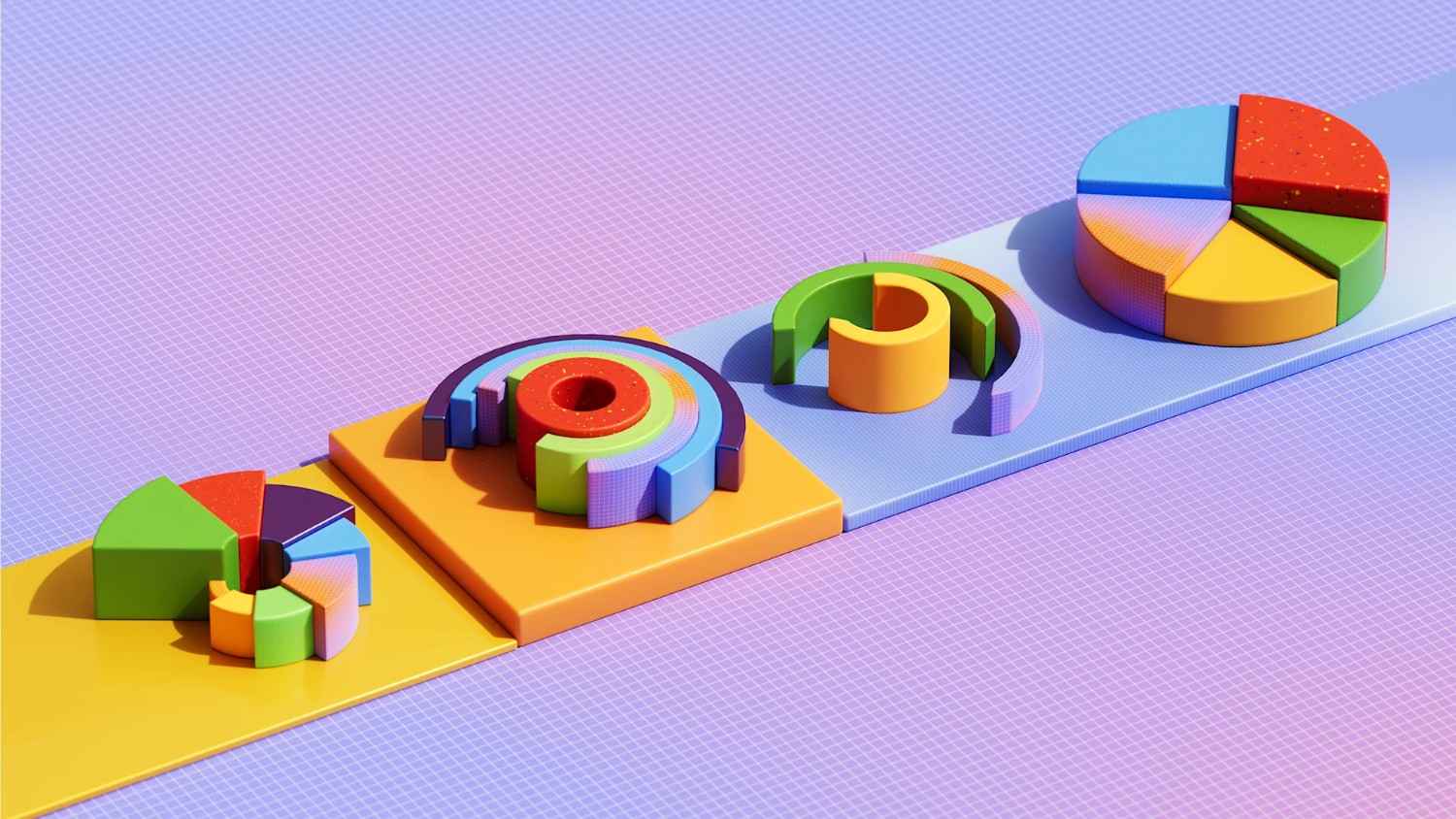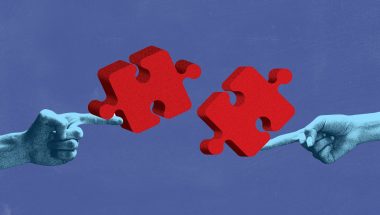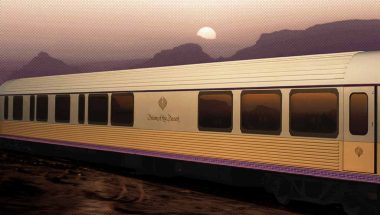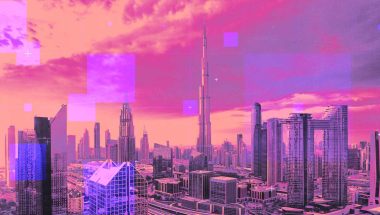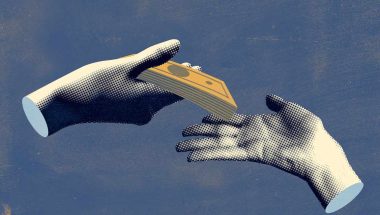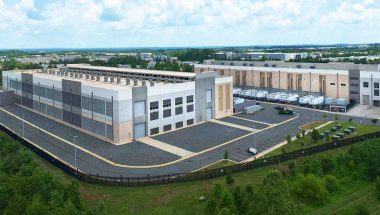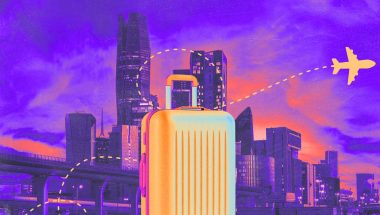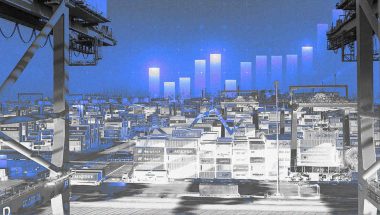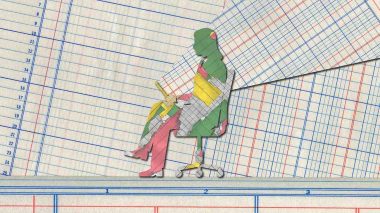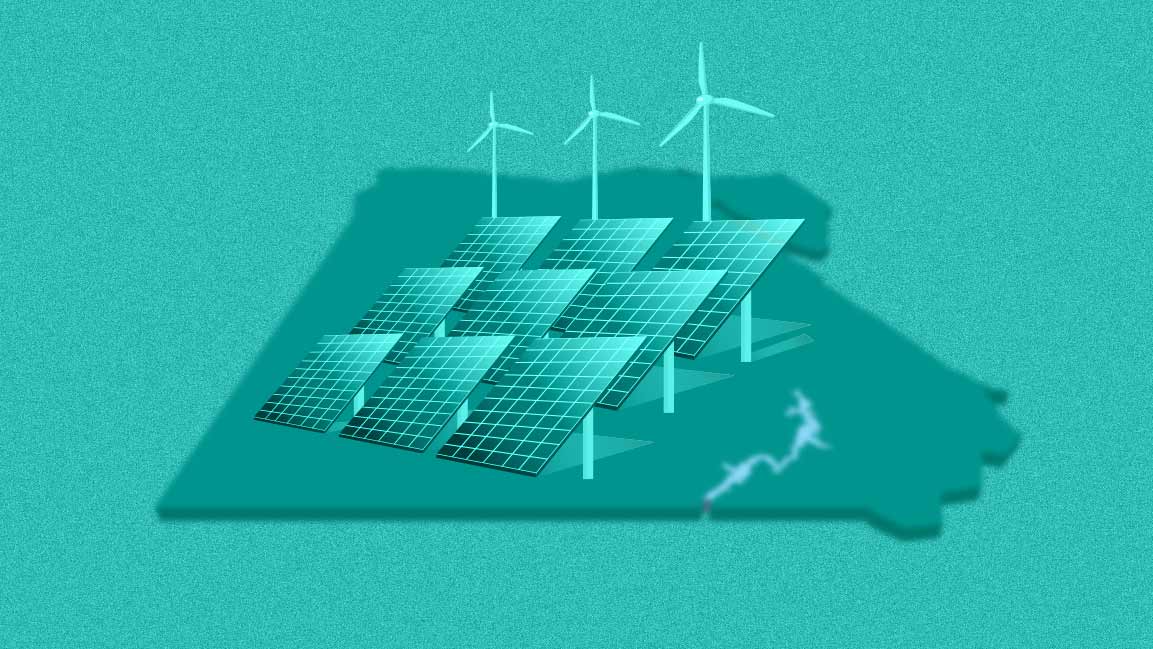- | 9:00 am
This Dubai-based architecture firm could clean up the building industry
Revisiting ancient roots, waiwai is developing byproducts available locally as building materials to tackle the ecological crisis
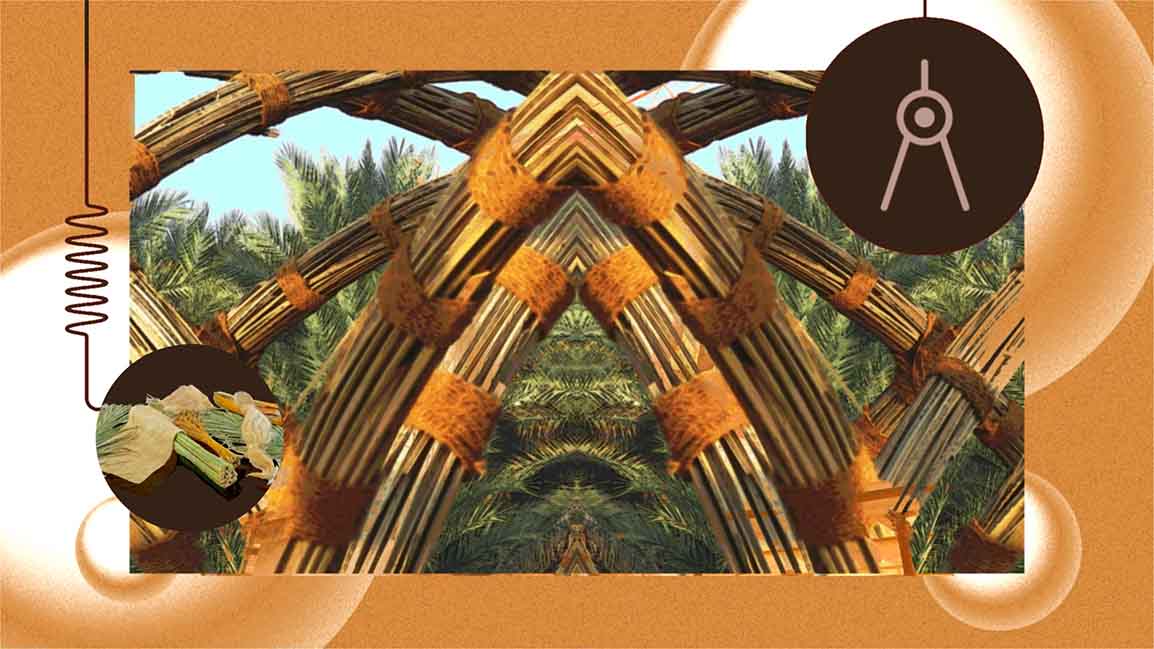
While shimmering glass-and-steel skyscrapers continue to vie for our attention, one eco-driven architecture firm envisages a very different future — where entire cities are constructed using materials from local industrial waste.
Dubai and Tokyo-based waiwai made quite a splash at the Dubai Expo with its prototype building blocks from brine generated by the UAE’s desalination plants. The company is now developing a range of other versatile materials, including one made by adding mycelium — or fungi roots — to the waste fiber generated by the region’s sprawling palm plantations.
“Architects everywhere have to find local solutions to help tackle the ecological crisis,” explains waiwai’s Lebanese cofounder Wael Al Awar, “For the planet’s sake, we have to move from an extraction-based mindset to one where we either grow our materials or create them out of byproducts available locally.”
This approach is, in fact, almost as old as the desert landscape. Slabs of material hewn from salt flats — or sabkha — were used to build Siwa, an ancient city in Egypt, more than a millennium ago. Indeed, as Al Awar points out, when the UAE first rose on the sandy strip surrounded by the Persian Gulf and the Arabian Sea, this material was used to bind the coral in its construction.
What is new, he says, is the looming environmental catastrophe. Al Awar’s lightbulb moment came while diving in the Gulf 11 years ago. “I was shocked at how white the seabed looked,” he says. “More worryingly, people who had been diving there for years told me they could not believe how quickly entire reefs had become bleached by the increased salinity caused by global warming.”
LESS HEAT, LESS CARBON
Waiwai first showcased its new building material at the UAE pavilion at the Venice Architecture Biennale 2021, where visitors could wander through an exhibit titled Wetland, formed by 2,400 modules designed to resemble coral flanked by photographs of the Al Ruwais Sabkha salt flats. The exhibit won the prestigious Golden Lion Award for Best National Participation.
Not only could magnesium salts extracted from seawater be used instead of lime in the production of cement, says Al Awar, this eco-friendly alternative could be made using less heat — and, therefore, less energy. Given that ordinary Portland cement (OPC) — the global industry standard — accounts for 8% of all global greenhouse gas emissions, this is potentially a massive win.
Tests in Abu Dhabi, Sharjah, and Tokyo showed that after 72 hours of carbonation, the magnesium cement, or CalMag, achieves the same structural performance as OPC.
Even more excitingly, because it absorbs CO2 during the hardening process, CalMag is potentially a carbon-negative product, which chimes with the UAE’s broader environmental ambitions.
While the opportunities in the construction sector appear to be huge, the arid UAE currently produces around 20% of the world’s industrial waste brine. Al Awar says that potentially the applications for the material are limitless. “We will face a water crisis within the next few years, which means we will turn more to desalination. Entrepreneurs will find more commercial uses when that happens — manufacturing furniture, homewares, whatever.”
Al Awar envisages a time when the state utility companies that run the region’s desalination plans — and by extension, own any byproducts — will also operate new facilities that turn the brine into a brand new product. “Not only would this solve multiple environmental issues simultaneously, but it would also create a circular economy,” he says.
NEW MATERIAL FROM OLD ELEMENTS
Vernacular architecture — using local and natural materials wherever possible — underpins every project at waiwai. As the firm’s Japanese co-principal Kazuma Yamao puts it: “It is not just about the environmental impact of producing and transporting modern materials. There are cultural and societal dimensions too.”
“Just like people have a connection to their own ‘soul food,'” he says, “they have a strong connection to architecture, which is imbued with a local essence, traditions, craftsmanship, and materials. Not everyone can live somewhere where bamboo grows fast and freely, but the idea of dragging concrete and steel across the world to places where they have absolutely no connection is starting to look outdated.”
Indeed, Yamao continues, the backlash to developers clamoring to adopt the same architectural iconography, and a fresh eagerness to experiment, is already beginning. “In Dubai, where every building looks like every building in Singapore, despite the two cities’ entirely different climates, people are starting to adopt a more practical mindset.”
USING PALM WASTE IN THE MIDDLE EAST
Al Awar says that waiwai’s embryonic mycelium material could be a real game-changer for the Middle East and North Africa, given the endless supply of palm waste in the region. “A similar material is developing in the Netherlands using hemp alongside the mushrooms, but using shredded palm fiber is particularly exciting for us,” says Al Awar. “Especially as the farms are more than happy to give us their waste for free.”
Fittingly, considering it includes mushroom roots and date fibers, the material resembles a kind of supersized flapjack, which Al Awar says has surprisingly strong compression. “It is incredibly simple to make. You put culture in a mold, add fiber, and leave it a week to grow. Then you bake it in the oven until it is hard.”
“We’re now experimenting by adding other minerals to the recipe. We’re learning day-by-day what properties it has and what it can be used for,” he adds. “As it is not cementitious, and more like a foam, we think it could be used as a simple wall cladding, a non-structural element, or insulation materials instead of ones that contain polystyrene or gypsum.”
CalMag, on the other hand, can already be used to construct whole single-story buildings, Al Awar insists. “It cannot yet be used for multi-storied buildings because it is salt-based, and that could corrode the steel reinforcement typically used in tower blocks,” he concedes. “But does every building need to scrape the sky?” He says he would love the first CalMag building to be a domestic dwelling in the UAE. “It would be most fitting, considering its provenance.”
REVOLUTIONIZING CONSCIOUS ARCHITECTURE
Yamao believes how we engage with our surroundings is changing after the various contemplative pandemic lockdowns. “Sensitivity towards local life has certainly been enhanced,” he asserts, and the emphasis continues to shift away from the buildings themselves to the living spaces around them, he says.
Al Awar believes that it is inevitable that the architecture profession will become more creative and collaborative as societies are increasingly forced to confront environmental challenges. “The vernacular architecture will not only reinforce the identity and personality of a community, but it will also help revive traditional skills, which will, in turn, help knit closer links within neighborhoods.”
“Helping to create products that can be grown without a huge amount of water or energy is a start, but the emergence of new treatments and finishes for materials will create a whole new architectural vocabulary to help define how we live.”
The next few months will see the commercialization of waiwai’s sabkha 2.0 start to take shape. AMBER Lab is scaling up the production process and further enhancing the material’s properties to build stronger concrete with less water. Meanwhile, various governmental departments in Abu Dhabi are mulling how to take the project further. Al Awar says proposals have also come in from Saudi Arabia.
He is emphatic, however, that the building blocks made from brine and materials made from palm fiber should not be patented. “The idea has always been to broaden collaborations and share any knowledge,” he explains. “The endpoint is we are all in this climate emergency together, and we have to act quickly.”
“Modern architecture has contributed to the ongoing environmental catastrophe, and architects have a huge responsibility to start putting things right.”








